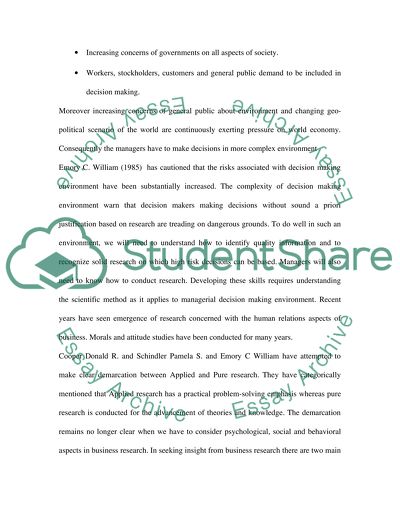Cite this document
(Relation of Consumers Buying Habits to Marketing Methods Research Proposal, n.d.)
Relation of Consumers Buying Habits to Marketing Methods Research Proposal. Retrieved from https://studentshare.org/marketing/1554401-purpose-of-business-research-and-business-research-proposal
Relation of Consumers Buying Habits to Marketing Methods Research Proposal. Retrieved from https://studentshare.org/marketing/1554401-purpose-of-business-research-and-business-research-proposal
(Relation of Consumers Buying Habits to Marketing Methods Research Proposal)
Relation of Consumers Buying Habits to Marketing Methods Research Proposal. https://studentshare.org/marketing/1554401-purpose-of-business-research-and-business-research-proposal.
Relation of Consumers Buying Habits to Marketing Methods Research Proposal. https://studentshare.org/marketing/1554401-purpose-of-business-research-and-business-research-proposal.
“Relation of Consumers Buying Habits to Marketing Methods Research Proposal”, n.d. https://studentshare.org/marketing/1554401-purpose-of-business-research-and-business-research-proposal.


